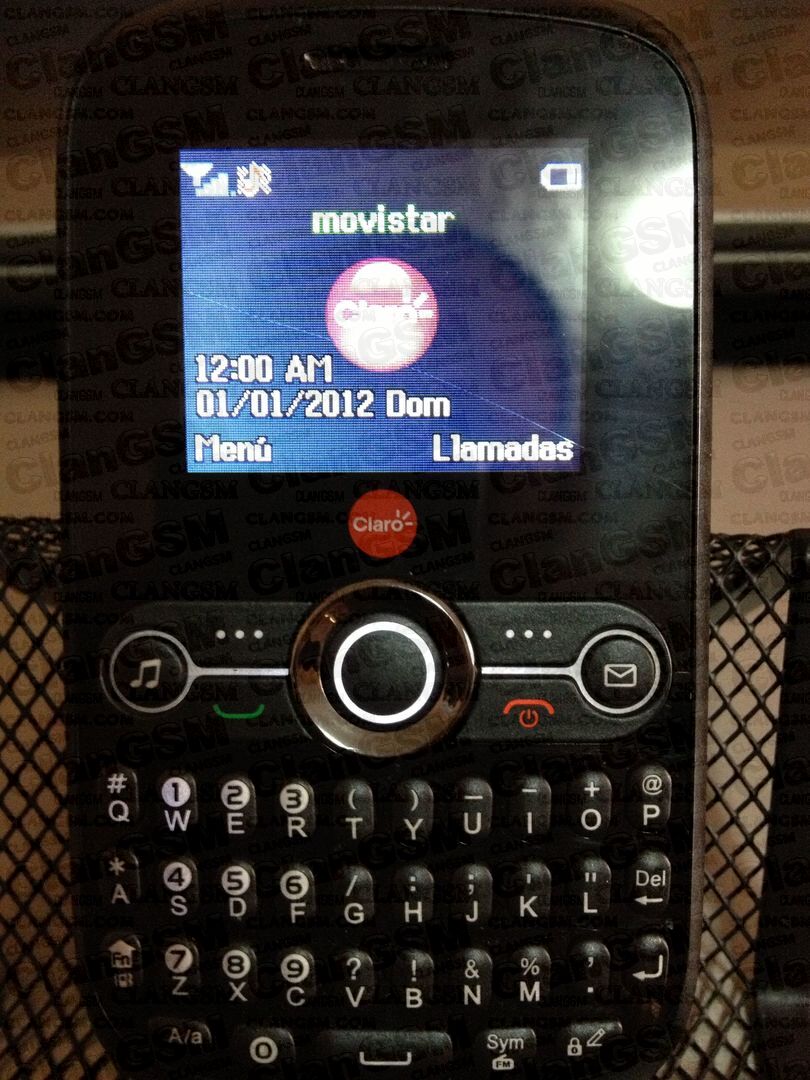
Please Select Serial Port Sigmakey Gsm Forum
SigmaKey; Note! The forum is closed and can be used for informational purposes only. You can read all the information but you will not be able to post on the forum. Please welcome SigmaKey. New product from developers of legendary Smart-Clip! By GSM_Support. Started by GSM_Support, 2012-02-07, 10:40.
Raspberry Pi and the Serial Port By default the Raspberry Pi’s serial port is configured to be used for console input/output. Whilst this is useful if you want to login using the serial port, it means you can't use the Serial Port in your programs. To be able to use the serial port to connect and talk to other devices (e.g.
Arduino), the serial port console login needs to be disabled. Needless to say you will need some other way to login to the Raspberry Pi, and we suggest doing this over the network using an. Disable Serial Port Login To enable the serial port for your own use you need to disable login on the port.
There are two files that need to be edited The first and main one is /etc/inittab This file has the command to enable the login prompt and this needs to be disabled. Komik rajahentai sub indonesia. Edit the file and move to the end of the file.
You will see a line similar to T0:23:respawn:/sbin/getty -L ttyAMA0 115200 vt100 Disable it by adding a # character to the beginning. Save the file. #T0:23:respawn:/sbin/getty -L ttyAMA0 115200 vt100 Disable Bootup Info When the Raspberry Pi boots up, all the bootup information is sent to the serial port. Disabling this bootup information is optional and you may want to leave this enabled as it is sometimes useful to see what is happening at bootup. If you have a device connected (i.e. Arduino) at bootup, it will receive this information over the serial port, so it is up to you to decide whether this is a problem or not.
You can disable it by editing the file / boot / cmdline. Txt The contents of the file look like this dwc_otg.lpm_enable=0 console=ttyAMA0,115200 kgdboc=ttyAMA0,115200 console=tty1 root=/dev/mmcblk0p2 rootfstype=ext4 elevator=deadline rootwait Remove all references to ttyAMA0 (which is the name of the serial port). The file will now look like this dwc_otg.lpm_enable=0 console=tty1 root=/dev/mmcblk0p2 rootfstype=ext4 elevator=deadline rootwait Reboot In order you enable the changes you have made, you will need to reboot the Raspberry Pi sudo shutdown -r now Test the Serial Port A great way to test out the serial port is to use the minicom program.
If you dont have this installed run sudo apt-get install minicom Connect your PC to the Raspberry Pi serial port using an appropriate serial port adapter and wiring, then open Putty or a similar serial terminal program on PC side. Setup a connection using the serial port at 9600 baud. Now run up minicom on the Raspberry Pi using minicom -b 9600 -o -D /dev/ttyAMA0 What you type into the minicom terminal screen should appear on the serial PC terminal and vice versa.